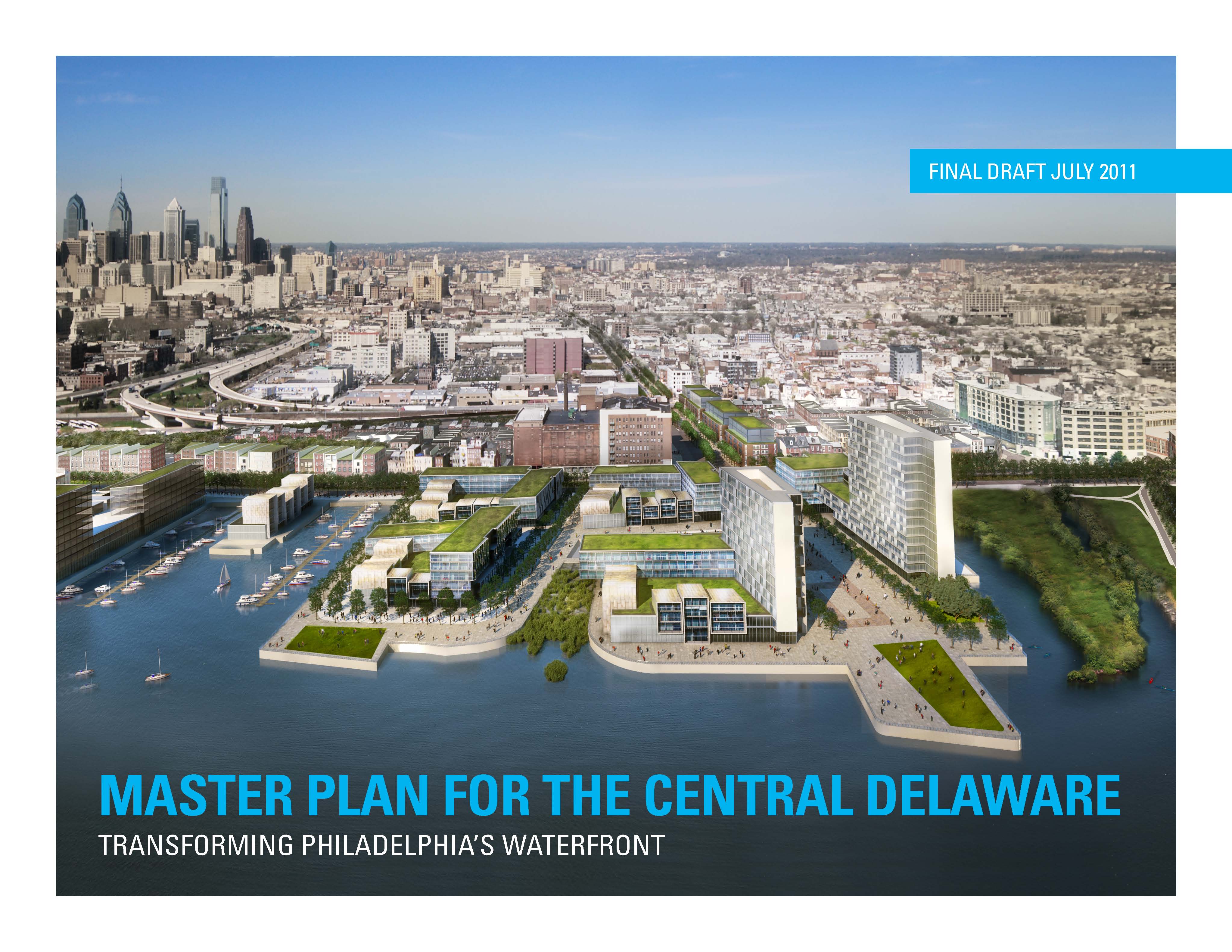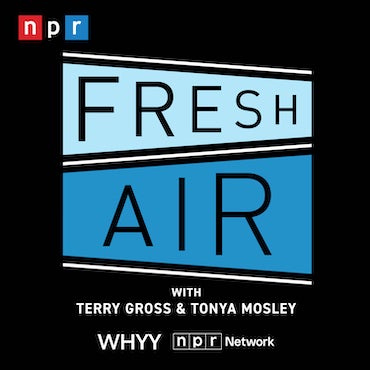Riverfront advocacy group learns about the transition from riverfront plan to riverfront zoning code

Members of a waterfront advocacy group want assurance that the goals and protections included in a long-range plan for the waterfront and the accompanying temporary zoning overlay will wind up in the permanent zoning documents.
Zoning issues were the topic of much of the discussion the Central Delaware Advocacy Group – an organization designed to lobby for the public’s goals for the future of the Central Delaware Riverfront – had this week with Central Delaware Riverfront Master Plan Manager Sarah Thorp. And zoning matters also were the focus of an August 24 letter CDAG sent to Thorp’s employer, the Delaware River Waterfront Corporation, the quasi-city agency overseeing the development of the plan.
Thorp told the group that while the zoning regulations are very important, their creation is largely separate from the document she and other DRWC staffers are working to finish in time for a Sept. 23 printing date.
“The master plan only has basic zoning recommendations,” she said.
The zoning components
The specifics about such things as height, use, density and building massing will be governed by how the Planning Commission maps out the new base zoning and design guidelines that the Zoning Code Commission is developing as well as the language in the permanent waterfront zoning overlay, which must go through the planning commission and also be adopted by city council.
Thorp said that she will likely write a draft of the new overlay and that it would be amended and refined with the guidance of planning and zoning staff.
In its letter, CDAG recommended that the DRWC include a proposed re-mapping of the waterfront when it presents the Master Plan to the Planning Commission in November, and to City Council.
Thorp said that mapping is not up to the DRWC, but her organization would have input. Currently, the mapping of the entire city is expected to be done in sections, as each district-level portion of the city’s new comprehensive plan is completed. Dstrict planning for the riverward neighborhoods is slated for 2014.
CDAG Chairman Steve Weixler, of Society Hill, and member Jeff Rush, of Queen Village, asked Thorp for assurance that CDAG would have input.
“CDAG had an integral hand in drafting the existing overlay. We want to make it clear we want same level of involvement in the drafting of permanent overlay,” Weixler said.
“Could we have a couple of meetings set up so that people can participate?” Rush asked.
Absolutely, Thorp said. “But we have to have something first for people to look at.”
Member Matt Ruben, of Northern Liberties, said that the Master Plan should give a very good idea of what the overlay will say. “If the Master Plan can’t be at least turned into a rough outline of the overlay, there is something wrong with the plan,” he said. He is pleased that DRWC wants CDAG’s input before the overlay language is finalized. But Ruben said that because City Council must adopt the plan, the end of the process is entirely in their hands, and so CDAG must lobby Council to pass the overlay with the important parts intact.
“We’d be fooling ourselves if we didn’t think that those who … don’t have the same level of enthusiasm that we do for all of the basic principles … are not going to come in at every point they can find from now until the day the thing becomes law and try to dilute, change, water down and do everything they can,” Ruben said.
Thorp said she understood how it might be disappointing that DRWC didn’t produce a draft overlay at the same time as the master plan. She said it has taken a long time to determine which zoning issues should be regulated in the base zoning, which in the design guidelines and which in the new overlay. On that point, she said CDAG should keep in mind that the overlay isn’t everything. “You want the base zoning to control most everything in zoning,” she said. “The remapping is critically important.”
Thorp said that DRWC has been working closely with the ZCC on these issues.
Member Jim Moss, of Society Hill, said he hoped that CDAG would have a chance to review the first draft before it goes to “stakeholders in mass or to the public.”
“I can’t promise that,” Thorp said. “But what I can say is that we will do our best to involve CDAG at the earliest stage possible, just like we will also involve the developers at the earliest stage that seems feasible.”
Thorp went over the master plan comment portions of CDAG’s letter item by item. She thanked members for the praise, told them that some of their concerns were misunderstandings of the master plan and others would be considered by the board.
For example, CDAG told DRWC that in spots where the multipurpose river trail juts out to Delaware Avenue, trees alone won’t make enough of a border between the trail and the roadway. Thorp said while one drawing seemed to show trees only, that a “vegetative buffer” would include other kinds of plants as well.
But there is at least one area where DRWC and CDAG are not likely to agree: The Penn’s Landing boat basin. CDAG recommends “a reduction in the density of structures and increased greening.” CDAG members said the 6- to 8-story buildings proposed for the area seemed too high. Thorp said that Penn’s Landing is really an extension of Center City, and while skyscrapers were out of the question, if higher buildings were to go anywhere, “this is the place to do it.”
Thorp said regardless of building height, the plan calls for the preservation of viewsheds – views of the river from the neighborhoods.
Read CDAGs comments in their letter to the DRWC. See the entire discussion in the video below.
Thorp goes over CDAG’s comments on the Master Plan
Thorp said her agency received 150 comments on the master plan – some as comprehensive as the letter sent by CDAG, and some as simple as pointing out a typo.
The comments are being sorted into those that will be sent to the DRWC board for discussion and possible inclusion in the plan, those that staff can take care of without board input (like the typos), those that resulted from a misinterpretation of the plan, and those that are relevant to issues not included in the plan. Comments in the last category will be forwarded to the relevant city agency, Thorp said.
Comments received, and the process
The DRWC board is expected to vote on the plan at its Oct. 28 meeting. The planning commission, which already heard about the plan in detail in an information-only presentation, is expected to vote in November.
Contact the reporter at kgates@planphilly.com
WHYY is your source for fact-based, in-depth journalism and information. As a nonprofit organization, we rely on financial support from readers like you. Please give today.



